Plants, Soils, and Multispecies Commons at Morris Arboretum & Gardens: An Interview with Bryan Thompson-Nowak
January 29, 2024
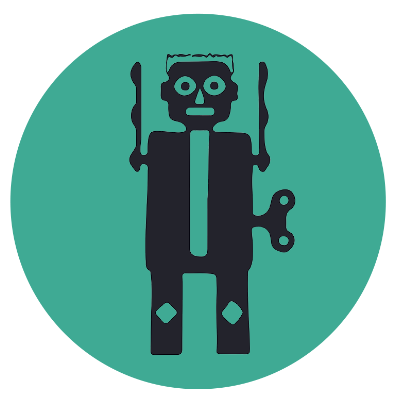
PPEH is thrilled to be collaborating with the Morris Arboretum & Gardens to present this year’s cohort of toolmakers for the ongoing Ecotopian Toolkit project. In 2024, through this collaboration, the initiative will turn its focus to creating “Tools for Multispecies Flourishing.” PPEH's program coordinator, Megan Pollin Hernandez sat down with Director of Education at Morris, Bryan Thompson-Nowak, to talk about the foundation of this year’s theme— soil— and how Morris works to be a steward of and partner with the earth under our feet.
Megan Pollin Hernandez: Hi Bryan, thanks so much for chatting this morning! We’re so excited to be working with you and your team on this project.
Bryan Thompson-Nowak: Of course! This year we’ll be engaging with a really serious and interesting topic: multispecies flourishing, as you know.
MPH: Right! It's been fascinating to see the topic evolve through conversations about soil issues— which is a connection I don’t think gets made often. [Author’s note: While soil and “multispecies flourishing” may not immediately seem connected, through conversations between PPEH, Morris, and students, the importance of talking about soil as a “multispecies commons” grew apparent. Our soils are highly diverse systems that foster different types of ecosystems and biodiversity around the globe. They are crucial to the flourishing of all life on earth— above and below the surface!]
BTN: People don't think about soil that much in general, but it's the building blocks of everything. If a plant is having a problem, it's most likely something to do with the soil. So we as plant people at Morris are also very much soil people. The artist toolmakers this year are going to talk about some really important stuff such as healthy soils or really terrible soils that are toxic. It’ll be fun engaging with artists but it’s also a really important subject.
MPH: At Morris, what are some of the particular soil issues that you think about day to day?
BTN: So your soil profile, wherever you are, it comes down to the geology that's beneath the soil. Whatever, geologically speaking, you’re on top of— if it's on limestone or sandstone— your soil is that material eroded and built up. In this sense, we have an interesting site here at Morris. We sit on a confluence of three different geologic zones. So we actually have very different soil profiles depending on what side of the garden you’re on.
We think of all soil as dirt. Soil is soil. But no, it actually varies depending on where you are. The pH, the nutrient capacity, the clay capacity, all that stuff is really important and can really change what types of plants can thrive there. I wouldn't say that it’s necessarily a struggle for us here, it's just important to keep in mind what the soil is and put the right plants with the right soil condition. Sometimes we try to put the plants that we want in the place that we want, and we don't really consider what's actually happening below the surface— that's where a lot of us get in trouble while gardening. What we need to think about often is: Is that soil profile actually going to match well with the type of plant we're trying to put into place?
MPH: Wow, three different geologic zones— forgive me, how typical is that on, say, a parcel of land that size for that to be the case?
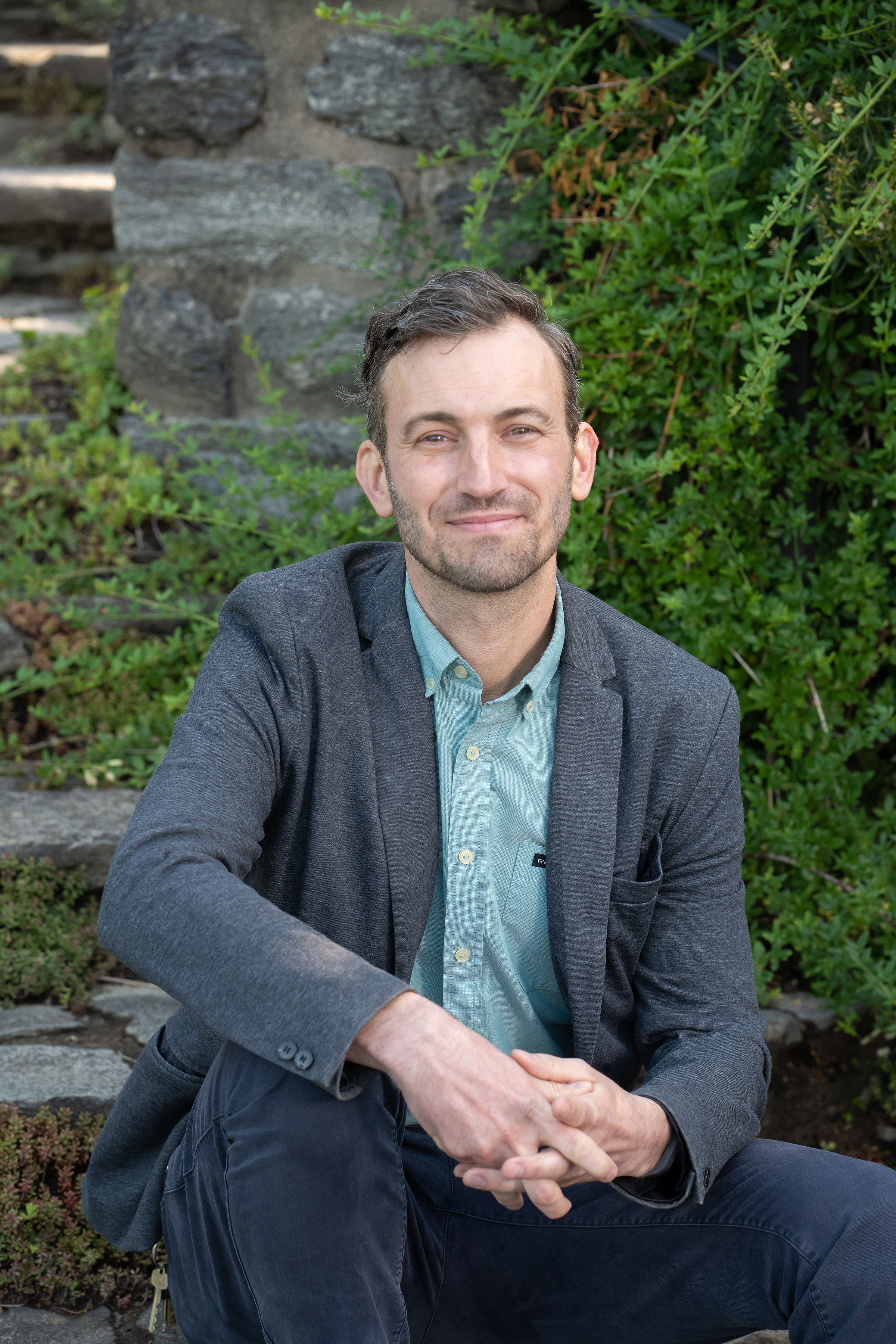
Bryan Thompson-Nowak, Director of Education at the Morris Arboretum & Gardens.
BTN: I wouldn’t say it's typical at all to be honest. It’s a really unique place that we happen to sit on in the Philadelphia area. We just happen to sit at this intersection of three distinct geological areas.
So you look across in New Jersey and the Pine Barrens, you have the coastal plain. You move from that sandy soil, which is very typical of New Jersey, and into Philadelphia, once you get to where we are in Chestnut Hill, it gets rockier and the soil is more like clay. So we're switching from that coastal plain, to more of our Piedmont [soil], which is limestone based soil, it's more of a clay.
MPH: Wild— especially since it has become an educational resource, that you are in such a unique spot and have all these different soil profiles to learn from.
BTN: Yeah. It's tricky, how do you let people know? Often people are definitely soil blind and geology blind. People don't know what's under their feet. And honestly, often, neither do I. But certainly it's very unique where we are at Morris. We have these big cleaves of geology so close to the surface. When you see how the Wissahickon Creek flows at the Arboretum, it makes these really big, really quick bends; that's all because of geology. Normally a creek would want to take the shortest path down, but when you see these sharp bends, it's because the flow is hitting a really heavy, geologic plate.
The other big soil issue we do have because we are so close to the [Wissahickon] Creek, is that with heavy storms and heavy rain there's a lot of erosion. Those heavy storms tear away at our stream banks, which is all soil.
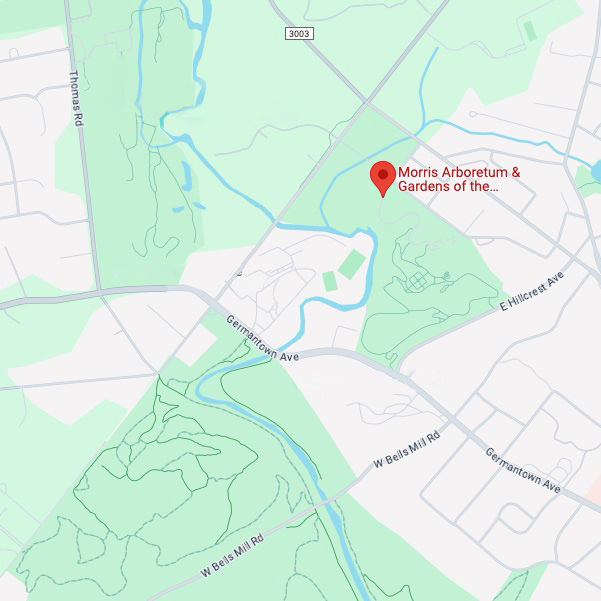
The Wissahickon Creek (center) as it flows past Morris. “Normally a creek would want to take the shortest path down, but when you see these sharp bends, it's because the flow is hitting a really heavy, geologic plate.”
On the flip side, we have a wetland that was created as a stormwater buffer. But all those sediments that are in that storm water actually settle into our wetlands. Our wetland, doing its job for the past twenty plus years, it's now filling in with soil and filling it with sediment. So we have to consider the natural progression from a lake to a wetland to a wet forest, and then it'd just progress up from there. But since we still want it to function as a place for stormwater to settle instead of running off, we probably have to dredge so it stays a wetland. [Author’s note: One of the species that makes its home in the wetlands at Morris is the Green Heron. This clever bird, known to use tools to help lure fish has become our mascot for the 2024 Ecotopian Toolkit. You can check out a video of a Green Heron at work here.]
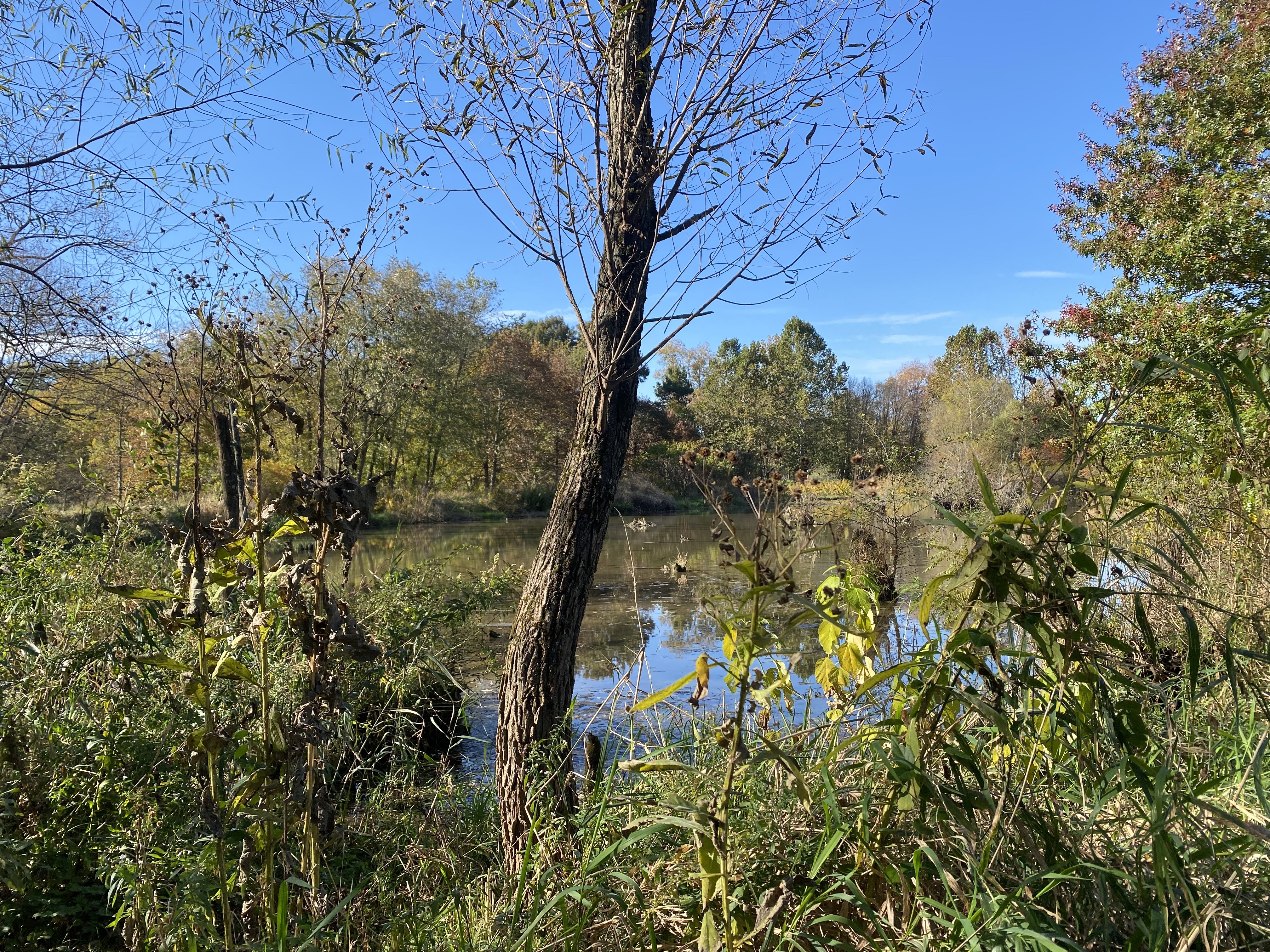
The wetlands at Morris Arboretum & Gardens.
MPH: We were talking earlier about nature that's around you all the time, even in the city, what’s a better example than soil? They've been digging up the street I live on in Philadelphia for the past month; ripping up the asphalt and getting down to the dirt that's right under us all the time but that you rarely see or think about.
BTN: Yeah, it's pretty amazing. You can see soil that has been boxed up and hemmed in, you can start to really feel this is a healthy, living, thriving soil versus maybe not a healthy, living, thriving soil. But it's such an important thing for more than just plants, there’s pollution of our waterways, and even on your city street, there are things like water main breaks or a sinkhole because of soil related issues. It's way more connected than we first think.
MPH: We’re getting to the end of my questions here. What are some of your goals for the project? What do you hope people take away from participating in the programs?
BTN: We know when you go out in nature, when you see plants, you relax, your stress responses go down. So the gardens aren’t just a beautiful place for people to come and see pretty things, but also a place for people to actually relax and de-stress and find those connections and learn to be more aware of nature.
Being in a city you don't always realize you are seeing nature all the time. I think hopefully, with this Ecotopian Toolkit project we can spark some creative conversations, spark some connections, and spark some curiosity, and that will lead to things that go beyond our gates here. I joke a lot with some of my staff that, yes, we're educators, but sometimes we're just conveners. We get people in the same room, in the same place together, and I think sometimes that's almost more important than the education. I think this collaboration is going to do that, get people in the same space together, who, naturally, will learn from each other and maybe it sparks something where there's a new connection being made. And you know, I think that's our biggest dream is that someone comes out of this like, now this is now something I'm going to work on, or something that's important to me, and it spins out from here and has a life of its own.♦
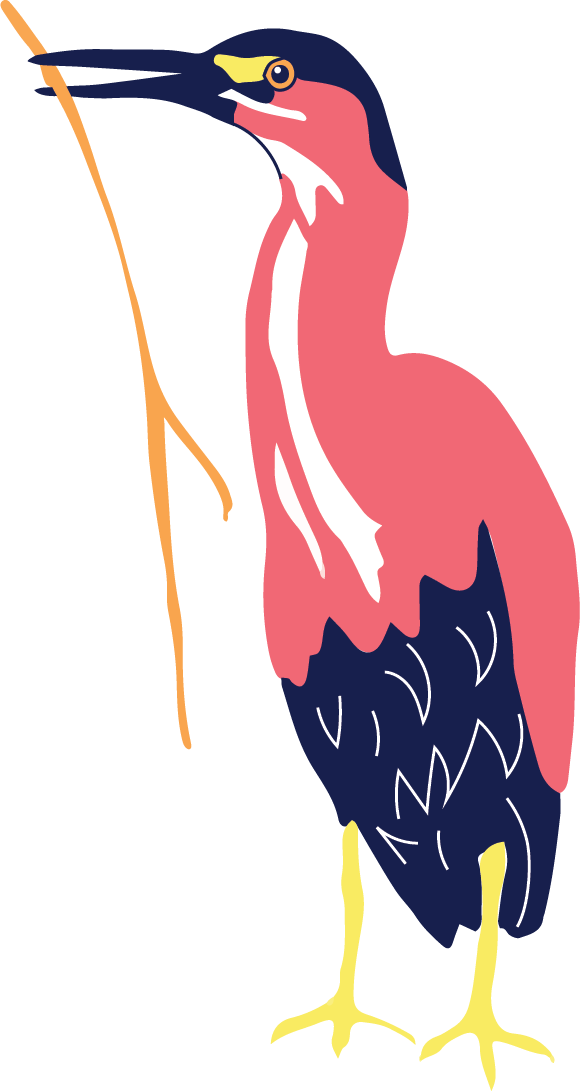
The Ecotopian Toolkit 2024 mascot - the Green Heron!
To read more about the Ecotopian Toolkit, past toolmakers, and this years’ call for proposals visit: https://ecotopiantoolkit.org/
To learn more about Morris Arboretum & Gardens visit: https://www.morrisarboretum.org/

